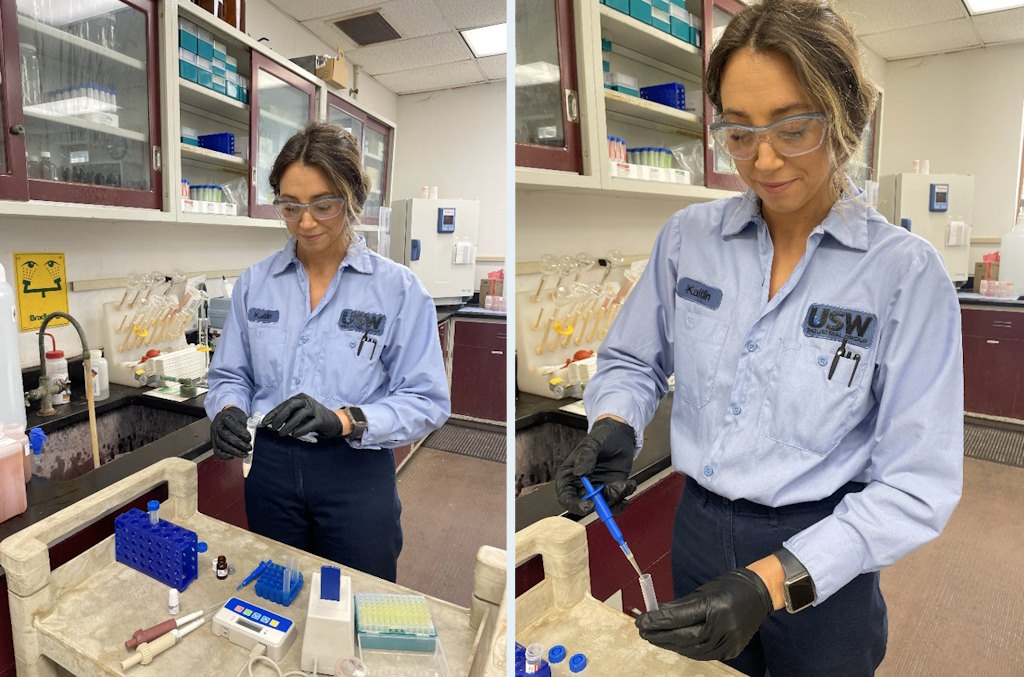In light of the continual evolution of complex treatment processes within modern advanced treatment systems, the task of troubleshooting process performance issues has grown progressively challenging. U.S. Water has pinpointed a series of analytical tests designed to grant the operations team heightened visibility into the system’s functioning. This, in turn, facilitates improved management, mitigating the risk of process disruptions or upsets. This article delves into the execution of these tests and the valuable insights they offer the operations team. These insights serve as a compass for making necessary operational adjustments, essential for sustaining a robust biological environment and optimizing overall performance.
The role of the wastewater operator has evolved significantly with the advent of enhanced water analysis technologies for process control in biological wastewater treatment. In addition to traditional methods such as microscopic evaluations and laboratory tests, new tests that were once only found in scientific journals are now both readily available and affordable.
At U.S. Water, we leverage these specialized tests alongside standard wastewater tests to optimize our clients’ biological processes in challenging wastewater treatment scenarios. Our expertise spans diverse industries, ranging from landfill leachate and food & beverage to municipal and pharmaceutical wastewater treatment. Embracing these innovative tools enables us to achieve greater success in our daily work. Once considered too expensive or unnecessary, these tests are now easy to perform, reliable, relatively inexpensive, and offer value we all can benefit from.
ATP Testing
One such test is the adenosine triphosphate (ATP) test, which provides valuable insights into the viability of the total biomass in a system. LUMINULTRA, a leading provider of ATP tests, offers fast and cost-effective analysis. The ATP test can provide the following information:
- Assess the viability of solids through the Active Biomass Ratio (ABR).
- Determine the treatability of individual influent streams.
- Compare load balancing across multiple trains and throughout large bioreactors or digesters.
To make these tests more accessible, HACH now offers LUMINULTRA products that can be used on-site when needed.
Genetic Analysis and qPCR Testing
Now that we have a tool that can tell the percentage of bacteria that are active in any biomass via the ATP test, we also can identify the bacteria and their relative predominance by having a genetic analysis performed. Aster Bio, Inc. is among the few companies that offer cost-effective quantitative polymerase chain reaction (qPCR) tests, allowing you to track bacterial populations and their shifts over time. Monitoring qPCR results can provide insights into treatment performance in relation to microbial populations, highlighting early signs of issues like toxicity or changes in carbon sources.
Membrane Autopsy
For those working with membrane systems, a membrane autopsy conducted by Microvision Laboratories, Inc. can help identify fouling agents. Microvision employs advanced tests, including stereomicroscopy, scanning electron microscopy (SEM), backscatter electron imaging (BSE), energy dispersive X-ray spectroscopy (EDS), and Fourier transform infrared spectroscopy (FTIR). Their comprehensive reports provide detailed information on the specific elements causing fouling, accompanied by visual evidence. Understanding the intricacies of membrane fouling empowers operators to control fouling agents more effectively, resulting in extended membrane lifespan and reduced replacement costs.
Micronutrients
Analyzing micronutrients offers another test that is often overlooked yet can be critical in understanding problems with treating industrial wastewater. EA Engineering, Science, and Technology, Inc. can perform this test as well as a variety of other important tests for reasonable costs. Supplying deficient micronutrients can ensure enzyme systems are performing at their peak so that carbon removal and nitrification rates are maximized.
This article is part of a series that focuses on all things related to water and wastewater treatment. Targeted to those working in the industry, each TechTip article, written by a U.S. Water operations & maintenance expert, presents relevant topics, timely issues, and lessons learned from the field.




